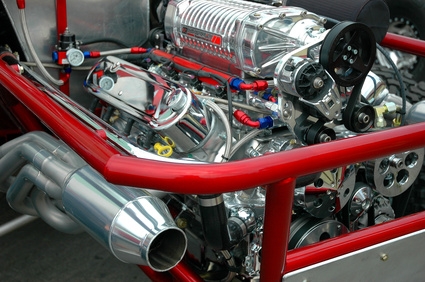
The specifications, or specs, of a car are important for numerous reasons. The specs will help you understand the performance of the vehicle, how it can be used and even how safe it is. Whether you are in the market for a new car or you just want to brush up on the basics, knowledge of the most common car terminology is useful. All of the specifications can either be found on the sticker of a new car or the manual of your own car.
Take note of the miles per gallon (mpg). As the name suggest, tells how many miles you can expect to get from of each gallon of gas you put into the car. These ratings are determined by the Environmental Protection Agency through tests in ideal situations. Because of this, your results may vary.
Note the horsepower of the vehicle. A basic definition of horsepower is how powerful the engine is, how much it can output. A more technical definition would be that one horsepower is needed to lift 550 pounds 1 foot in one second. Basically, the more horsepower a car has, the faster it can go.
Pay attention to safety ratings. After being put through rigorous tests by the Insurance Institute for Highway Safety, they produce a rating that basically tells us how safe the car is. The safety rating is most important in the event of a crash. A car with a higher safety rating gives you a better chance of survival.
Check to see if the car is all-wheel or four-wheel drive or two-wheel drive. Four-well and all-wheel drives give the driver more control over the car and are essential if you plan to take your vehicle off road.
Check if the vehicle has an automatic transmission or a manual. A manual transmission requires that the user select gears using a clutch and shifter. An automatic transmission does this without any user intervention other than pressing the throttle. A manual transmission gives you more control over the car and could help with gas mileage. But it requires a higher degree of driving skill.